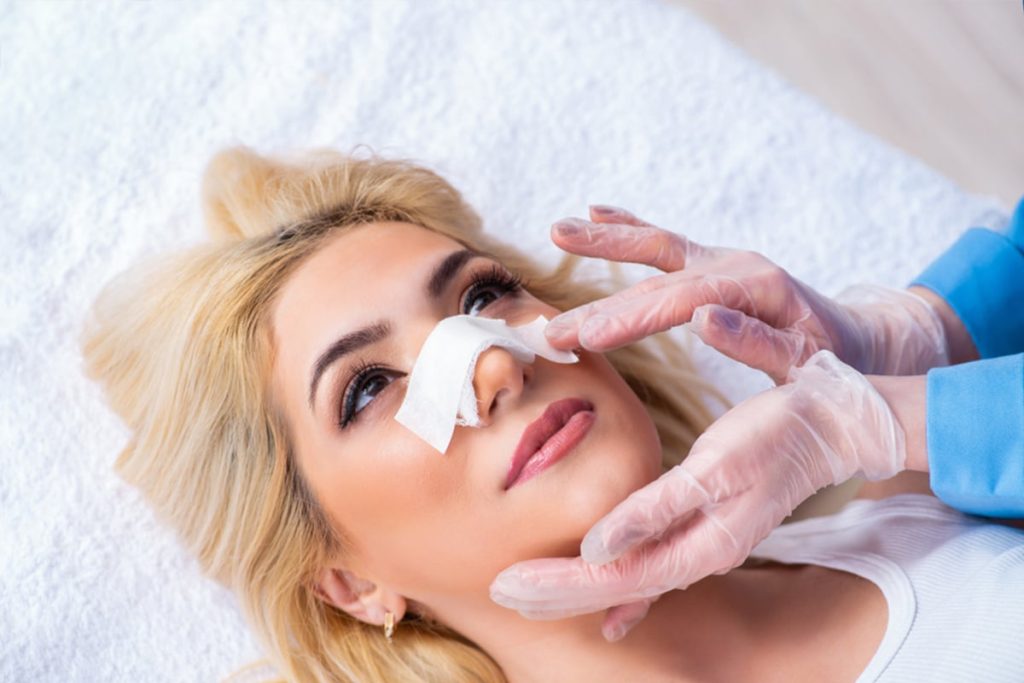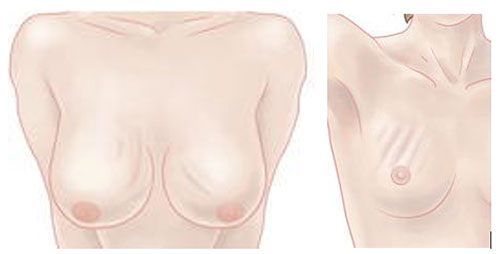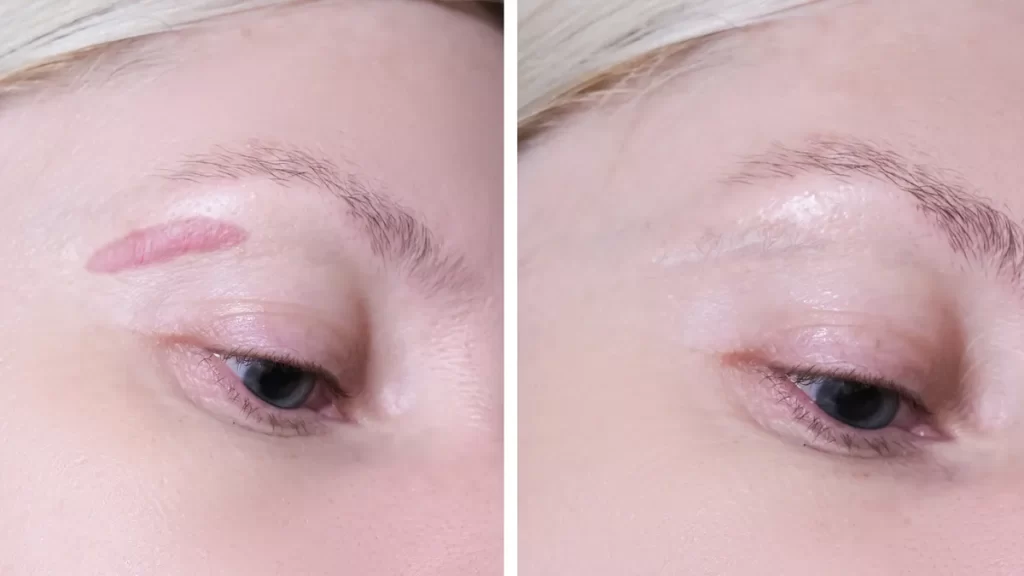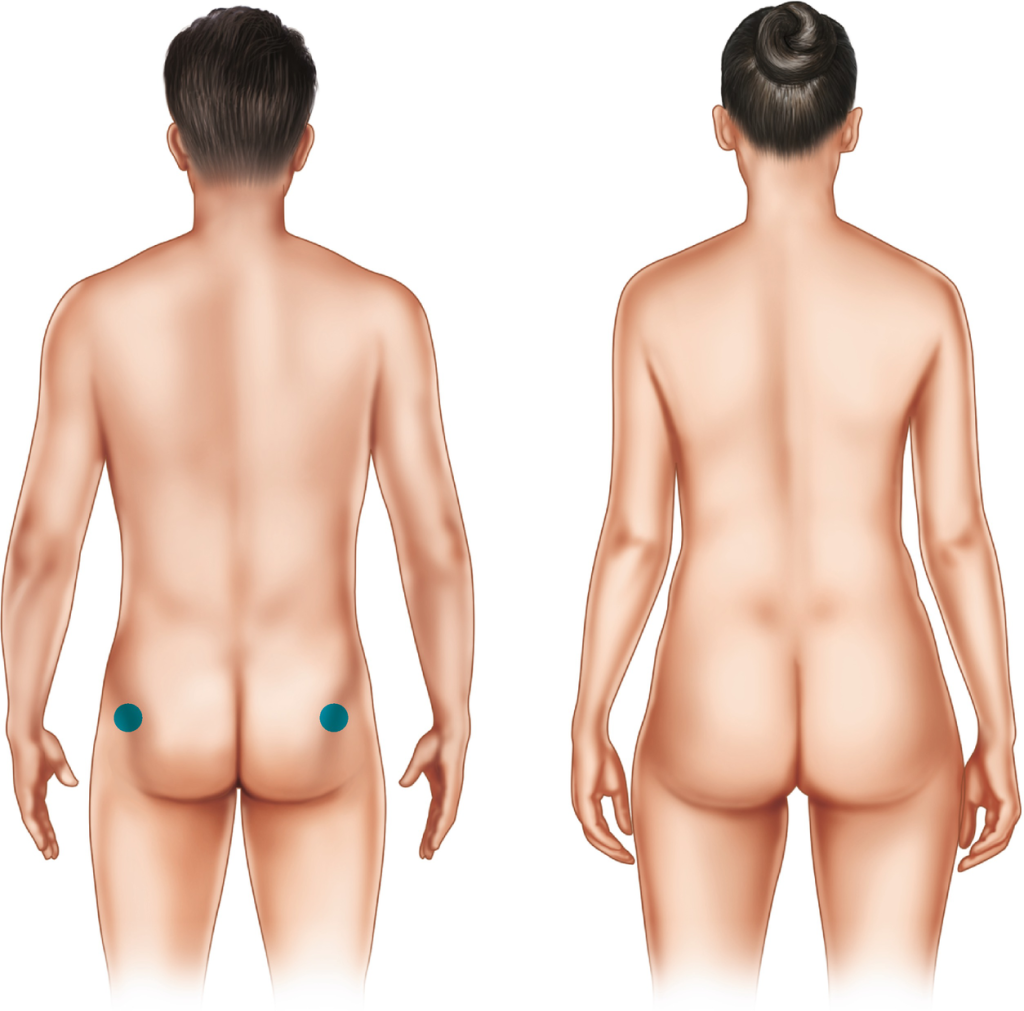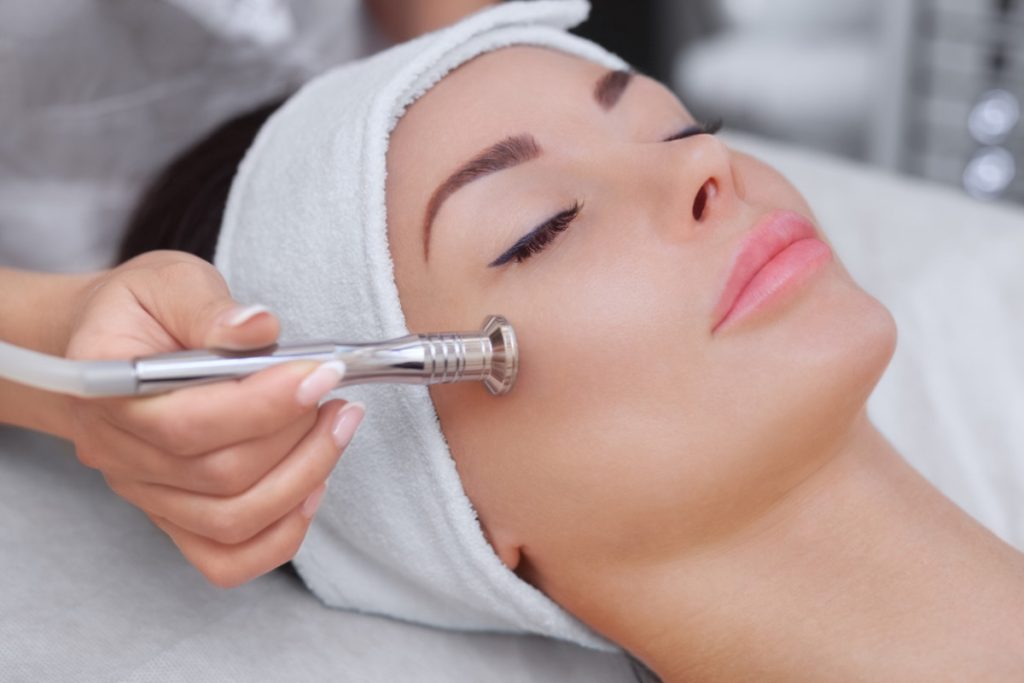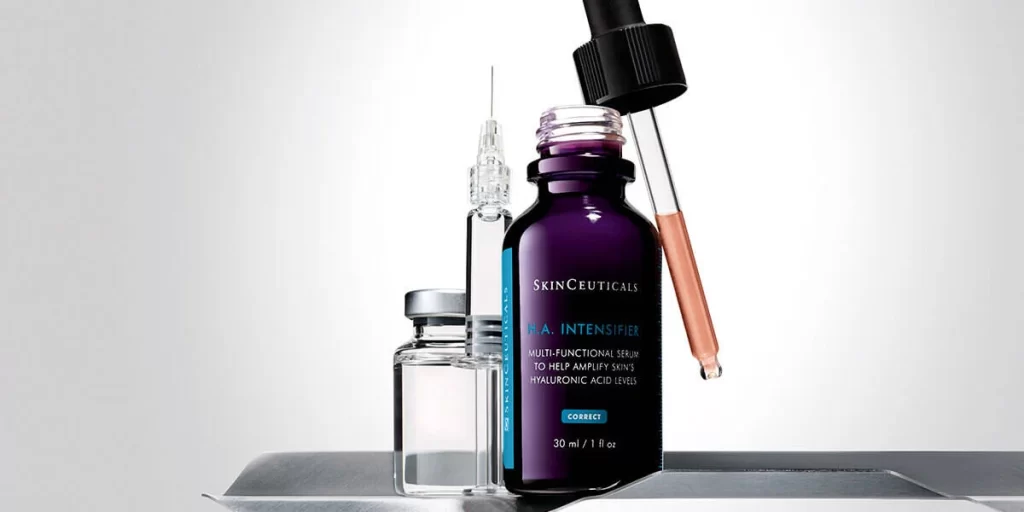Ever wondered which fat removal technique is right for you? Power-assisted liposuction vs VASER is a hot topic in cosmetic surgery. Both methods promise to sculpt your body, but what’s the difference? From recovery time to results, we’ll cover it all.
Choosing between these two can be tough. You want effective results with minimal downtime. We aim to help you make an informed decision by comparing power-assisted liposuction and VASER side by side. Ready to find out which one suits your needs best? Keep reading!
Understanding Liposuction Techniques
Definition
Liposuction is a surgical procedure. It removes unwanted fat from specific areas of the body. The goal is to sculpt and contour the body, giving it a more defined shape. Fat removal helps in areas like the abdomen, thighs, and arms.
Evolution
Liposuction techniques have evolved over time. Traditional methods were invasive and had longer recovery times. Newer technologies are less invasive and more efficient. Power-assisted liposuction (PAL) and Vaser liposuction are two advanced methods.
Power-Assisted Liposuction
Power-assisted liposuction (PAL) uses a vibrating cannula. The cannula breaks up fat cells for easier removal. This technique reduces surgeon fatigue and increases precision. PAL is effective for large volumes of fat.
Vaser Liposuction
Vaser liposuction uses ultrasound technology. Ultrasound waves liquefy fat cells before removal. This method targets fat cells without harming surrounding tissues. Vaser liposuction is ideal for patients wanting high-definition results.
Choosing the Right Technique
Choosing the right technique depends on individual needs. Factors include:
-
Amount of fat to be removed
-
Desired level of body contouring
-
Patient’s overall health
Consulting with a qualified surgeon is crucial. They can recommend the best method based on personal goals.
Key Differences Between Power-Assisted and VASER Liposuction
Mechanism
Power-assisted liposuction (PAL) uses mechanical movement. A cannula vibrates rapidly to break up fat cells. This makes it easier to remove the fat through suction.
VASER liposuction uses ultrasound technology. Sound waves liquefy fat cells before removal. This method targets fat more precisely.
Specificity of Fat Removal
VASER liposuction allows detailed contouring. It can target specific areas with great accuracy. This makes it ideal for sculpting body features.
Power-assisted liposuction focuses on general fat reduction. It removes larger amounts of fat quickly. However, it may not achieve the same level of precision as VASER.
Recovery
Recovery time varies between the two methods. VASER liposuction often leads to quicker recovery. The ultrasound technology causes less damage to surrounding tissues.
Power-assisted liposuction may result in more bruising and swelling. The mechanical action can be more invasive, leading to a longer recovery period.
Detailed Results
VASER liposuction offers more detailed results. The precision of ultrasound allows for fine-tuning body contours. This method is preferred for areas needing high definition.
Power-assisted liposuction provides effective fat removal but less detail. It is suitable for individuals seeking significant fat reduction without intricate contouring.
Exploring Power-Assisted Liposuction
Cannula Mechanism
Power-assisted liposuction (PAL) uses a specialized cannula. This cannula moves rapidly back and forth. The mechanical motion helps break down fat cells. The vibration loosens fat for easier removal.
Doctors insert the cannula through small incisions. They then use suction to remove the dislodged fat. This method is less labor-intensive for surgeons. It also reduces fatigue during long procedures.
Volume Removal
PAL is effective for removing large volumes of fat. It’s suitable for areas like the abdomen, thighs, and buttocks. Patients often seek this method for significant body contouring.
The technique is efficient and quick. It can treat multiple areas in one session. This makes it a popular choice for those wanting substantial changes.
Generalized Sculpting
PAL offers more generalized body sculpting. It may not provide the detailed precision of newer techniques like VASER liposuction. However, it still achieves noticeable results.
Patients might not get as fine-tuned shaping. But they will see a reduction in overall fat volume. This is beneficial for those looking to slim down larger areas.
Recovery Time
Recovery from PAL is generally swift. Most patients return to normal activities within a few days. Bruising and swelling are common but usually subside quickly.
Delving into VASER Liposuction
Ultrasound Waves
VASER liposuction uses ultrasound waves to liquefy fat cells. A small probe emits these waves into the fatty tissue. The ultrasound energy breaks down fat cells while sparing other tissues.
The liquefied fat is then removed through a thin tube called a cannula. This process is less traumatic to the body compared to traditional methods. Patients often experience less bruising and swelling.
Targeting Delicate Areas
VASER lipo can target delicate areas with high precision. It allows surgeons to sculpt and define muscles more accurately. This technique is ideal for areas like the neck, arms, and inner thighs.
The method provides more nuanced results. Surgeons can create a more natural look by removing fat in a controlled manner. Patients seeking detailed body contouring often prefer this option.
Less Invasive Nature
VASER liposuction is less invasive than other forms of liposuction. The procedure causes less damage to surrounding tissues. Recovery times are generally shorter.
Patients often return to normal activities within a few days. There is also less risk of complications such as infections or prolonged swelling.
Benefits for Recovery
The benefits of VASER lipo extend to recovery. Because it is less invasive, patients experience quicker healing times. Many report minimal discomfort post-surgery.
This method also reduces the need for pain medication. Patients can resume their daily routines faster, making it a convenient choice for many.
Precise Outcomes
VASER liposuction offers precise outcomes. The ultrasound technology allows for targeted fat removal. Surgeons can achieve a high level of detail in body sculpting.
This precision leads to smoother and more even results. Patients often achieve their desired look with fewer touch-ups or additional procedures.
Procedure Insights for Both Techniques
Anesthesia
Both power-assisted liposuction (PAL) and VASER liposuction start with anesthesia. Local or general anesthesia is used based on the extent of the procedure. The type of anesthesia chosen affects recovery time.
Initial Incisions
Small incisions are made in the target areas. These incisions allow the surgeon to insert the cannula, a thin tube used in both procedures.
PAL Technique
PAL uses a specialized tool that oscillates rapidly. This breaks down fat cells for easier removal. The machine’s vibrations help reduce manual effort. Surgeons then suction out the fat cells through the cannula.
VASER Technique
VASER liposuction involves more steps. After making incisions, a saline solution mixed with anesthetic is injected. This solution helps numb the area and shrink blood vessels. Next, ultrasound energy is applied via a probe to liquefy fat cells. Finally, the emulsified fat is removed using a cannula.
Surgeon’s Expertise
The surgeon’s skill significantly impacts outcomes. For PAL, precision in moving the oscillating cannula is key. In VASER, expertise in using ultrasound technology ensures even fat liquefaction and minimal tissue damage. Experienced surgeons can achieve smoother results and reduce complication risks.
Duration
PAL generally takes less time than VASER. The additional steps in VASER, like injecting saline and applying ultrasound energy, extend the procedure duration. Typically, VASER can take up to 4 hours, while PAL often completes within 2-3 hours.
Complexity
VASER’s added steps make it more complex. The ultrasound phase requires careful application to avoid damaging surrounding tissues. PAL is relatively straightforward but demands consistent manual control for uniform fat removal.
Recovery Time
Recovery varies between techniques. PAL patients might experience swelling and bruising for about a week. VASER patients may have similar symptoms but often report quicker healing due to reduced tissue trauma from the ultrasound process.
Recovery and Outcomes Compared
Recovery Time
VASER liposuction offers a faster recovery time. This is because it uses ultrasound technology to break down fat cells. This approach is less traumatic to the body. Patients often return to normal activities within a few days.
Power-assisted liposuction (PAL) may require a longer recovery period. The mechanical motion of the cannula can cause more tissue damage. Most patients need about one to two weeks of rest.
Final Results Timeline
Final results with VASER lipo are visible quicker. Patients often see significant changes within a few weeks. The ultrasound energy allows for more precise fat removal. This leads to smoother contours and less swelling.
PAL results take longer to become apparent. Swelling and bruising can persist for several weeks. Patients might wait up to three months to see the final outcome.
Post-Procedure Care
Both techniques require post-procedure care. Compression garments are essential in both cases. They help reduce swelling and support the new body shape.
Patients should wear these garments for at least six weeks. Activity restrictions are also important. Light walking is encouraged, but strenuous activities should be avoided.
For VASER liposuction, the care routine may be slightly easier. The reduced trauma means fewer complications like seromas or infections.
PAL patients might need more follow-up visits. The increased tissue trauma can lead to more side effects.
Precision and Effectiveness in Liposuction
Precision
VASER liposuction offers more precision. It uses ultrasound technology to break down fat cells. This allows for better sculpting and muscle definition. Surgeons can target specific, delicate areas with high accuracy.
Power-assisted liposuction (PAL) uses a vibrating cannula. It is effective for large volume reduction. However, it may not offer the same level of detail as VASER. PAL is less precise in defining muscles.
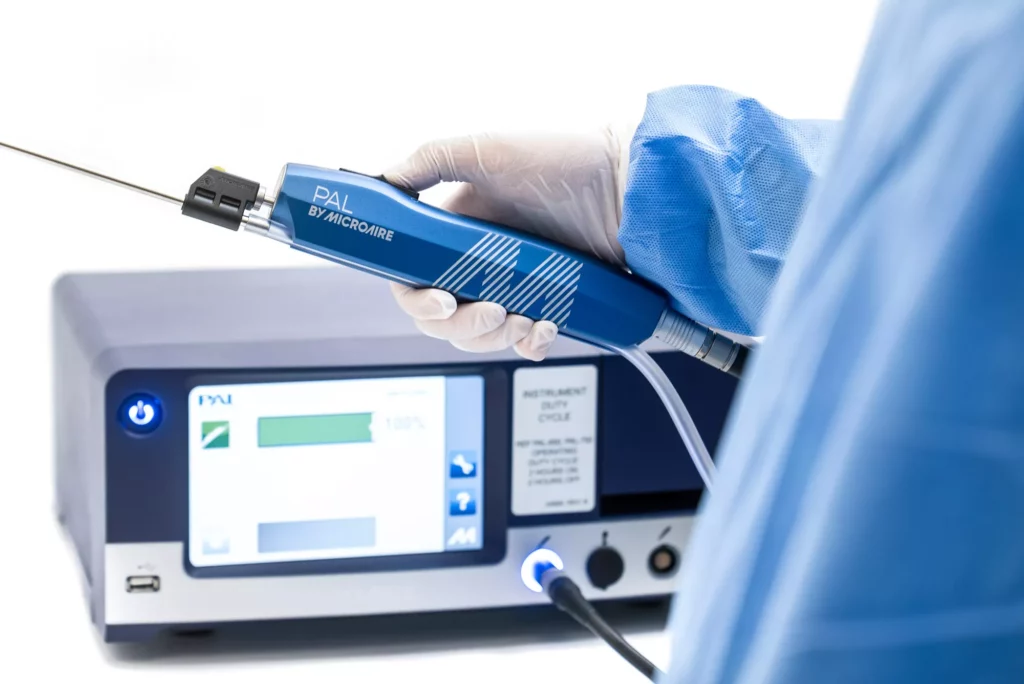
Effectiveness
VASER liposuction excels in aesthetic detailing. It is ideal for patients wanting a chiseled look. The ultrasound waves help separate fat from tissues more gently.
PAL is effective in removing larger volumes of fat. It works well for patients needing significant weight reduction. The vibrating motion helps dislodge fat quickly.
Delicate Areas
VASER is better suited for delicate areas like the neck or arms. The technology minimizes damage to surrounding tissues. This leads to smoother results and less bruising.
PAL may be too aggressive for such areas. It is more suitable for larger body parts like the abdomen or thighs.
Patient Goals
Patient goals are crucial in choosing the right technique. Those aiming for muscle definition should opt for VASER lipo. It provides superior sculpting capabilities.
Patients focused on volume reduction might prefer PAL. It removes fat efficiently and quickly. Discussing goals with a surgeon can help determine the best method.
Choosing the Right Liposuction Method
Personalized Consultation
A personalized consultation with a qualified surgeon is crucial. They will discuss your goals and evaluate your suitability for either power-assisted liposuction (PAL) or VASER. Each method has unique benefits. The surgeon can help determine which aligns with your needs.
Consultations often include a physical examination. Surgeons assess your skin elasticity, fat distribution, and overall health. This helps in making an informed decision.
Treatment Area
The area to be treated influences the choice of liposuction method. PAL is effective for larger areas like the abdomen and thighs. It uses a vibrating cannula to break up fat cells, making it easier to remove them.
VASER, on the other hand, uses ultrasound technology. It is ideal for smaller, more delicate areas such as the neck or arms. The ultrasound waves target fat cells without damaging surrounding tissues.
Desired Precision
Precision is another significant factor. VASER offers high precision due to its targeted approach. This makes it suitable for sculpting and defining muscles.
PAL provides effective fat removal but may not offer the same level of precision as VASER. It is better suited for general body contouring rather than detailed sculpting.
Recovery Considerations
Recovery time varies between the two methods. PAL generally has a shorter recovery period. Patients can resume normal activities within a few days.
VASER might require a longer recovery time due to its more invasive nature. Swelling and bruising can last longer compared to PAL.
Lifestyle Factors
Lifestyle plays a role in choosing the right method. Consider how much time you can dedicate to recovery. If you have a busy schedule, PAL might be more suitable due to its quicker recovery time.
If you seek highly defined results and can afford more downtime, VASER could be the better option. Discussing these factors with your surgeon will provide clarity.
Aesthetic Goals
Your aesthetic goals are paramount in this decision. PAL is excellent for reducing large volumes of fat. It provides a smoother overall appearance.
VASER excels in achieving detailed body contouring and muscle definition. If you aim for a chiseled look, VASER might be more appropriate.
Summary
Power-assisted liposuction and VASER liposuction each have their unique benefits and considerations. By understanding the key differences and weighing the recovery and outcomes, you can make an informed decision that aligns with your body goals. Both techniques offer precision and effectiveness, but the right choice depends on your specific needs.
Ready to transform your physique? Consult with a qualified specialist to discuss which method suits you best. Take the next step towards achieving your desired results. Your journey to a more confident you starts now.
Frequently Asked Questions
What is the main difference between power-assisted liposuction and VASER liposuction?
Power-assisted liposuction uses a vibrating cannula to break up fat, while VASER liposuction uses ultrasound energy. Both aim to remove fat but use different technologies.
Which technique offers quicker recovery: power-assisted or VASER liposuction?
VASER liposuction often allows for quicker recovery due to its less invasive nature. However, individual results may vary.
Is one method more effective for precision sculpting?
VASER liposuction is generally more precise, making it ideal for contouring and sculpting smaller areas.
Are there any specific risks associated with VASER liposuction?
VASER liposuction can cause minor burns due to ultrasound energy. However, it’s generally safe when performed by experienced surgeons.
How long does a typical power-assisted liposuction procedure take?
A typical power-assisted liposuction procedure lasts between 1 to 3 hours, depending on the area treated.
Can both techniques be used on multiple body areas?
Yes, both power-assisted and VASER liposuction can target multiple body areas, including the abdomen, thighs, and arms.
Which method is better for removing large volumes of fat?
Power-assisted liposuction is often preferred for removing larger volumes of fat efficiently.







